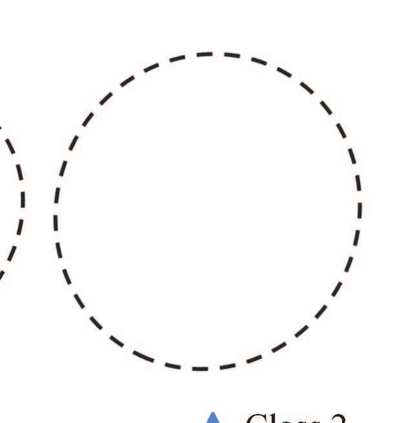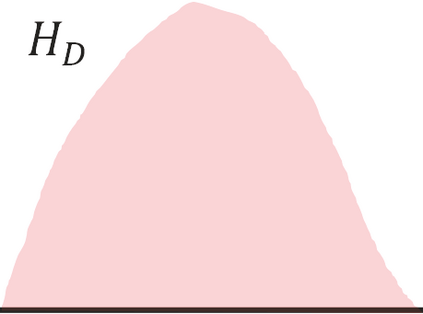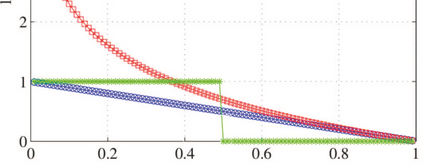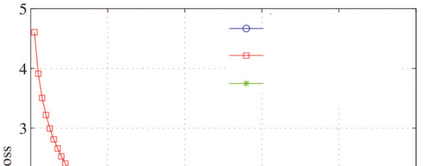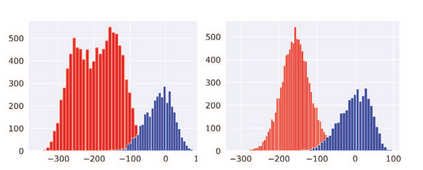The speaker verification (SV) task is to decide whether an utterance is spoken by a target or an imposter speaker. For most studies, a log-likelihood ratio (LLR) score is estimated based on a generative probability model on speaker features and compared with a threshold for making a decision. However, the generative model usually focuses on individual feature distributions, does not have the discriminative feature selection ability, and is easy to be distracted by nuisance features. The SV could be formulated as a binary discrimination task where neural network-based discriminative learning could be applied. In discriminative learning, the nuisance features could be removed with the help of label supervision. However, discriminative learning pays more attention to classification boundaries and is prone to overfitting to a training set which may result in bad generalization on a test set. Thus, we propose a hybrid learning framework, i.e., coupling a joint Bayesian (JB) generative model structure and parameters with a neural discriminative learning framework for SV. A two-branch Siamese neural network is built with dense layers that are coupled with factorized affine transforms as used in the JB model. The LLR score estimation in the JB model is formulated according to the distance metric in the discriminative learning framework. By initializing the two-branch neural network with the generatively learned model parameters of the JB model, we train the model parameters with the pairwise samples as a binary discrimination task. Moreover, a direct evaluation metric in SV based on minimum empirical Bayes risk is designed and integrated as an objective function in discriminative learning. We carried out SV experiments on Speakers in the wild and Voxceleb. Experimental results showed that our proposed model improved the performance with a large margin compared with state-of-art models for SV.
翻译:语音校验( SV) 的任务是决定是否使用目标或假冒演讲者来表达语句。 对于大多数研究来说, 日志类比比( LLR) 的评分是根据演讲者特点的基因概率模型来估计的, 并与作出决定的门槛值作比较。 但是, 基因模型通常侧重于单个特征分布, 没有歧视特征选择能力, 容易被骚扰性特征的特性转移。 SV 可以作为一种二进制歧视实验任务来制定, 以神经网络参数为基础, 歧视性学习。 在区别性学习中, 可以删除日志类比比比比比比比比比比比比值的比值比值比值比值比值比值比值比值比值比值比值比值比值。 用于SV的神经网络模型比值比值比值比值比值比值比值比值比值比值比值比值比值比值比值比值比值比值比值比值比值比值比值比值比值比值比值比值模型比值比值比值比值比值比值比值比值比值比值比值比值比值比值比值比值比值比值比值比值比值比值比值比值比值比值比值比值比值比值比值比值比值比值比值比值比值比值比值比值比值比值比值比值比值比值比值比值比值比值比值比值比值比值比值比值比值比值比值比值比值比值比值比值比值值, 。 基值比值比值比值比值比值比值比值比值比值比值比值比值比值比值比值比值比值比值比值比值比值比值比值比值比值比值比值比值比值比值比值比值比值比值比值比值比值比值比值比值比值比值比值比值比值比值比值比值比值比值比值比值比值比值比值比值比值比值比值值值值值值值值值值值值值值值值比值比值比值

